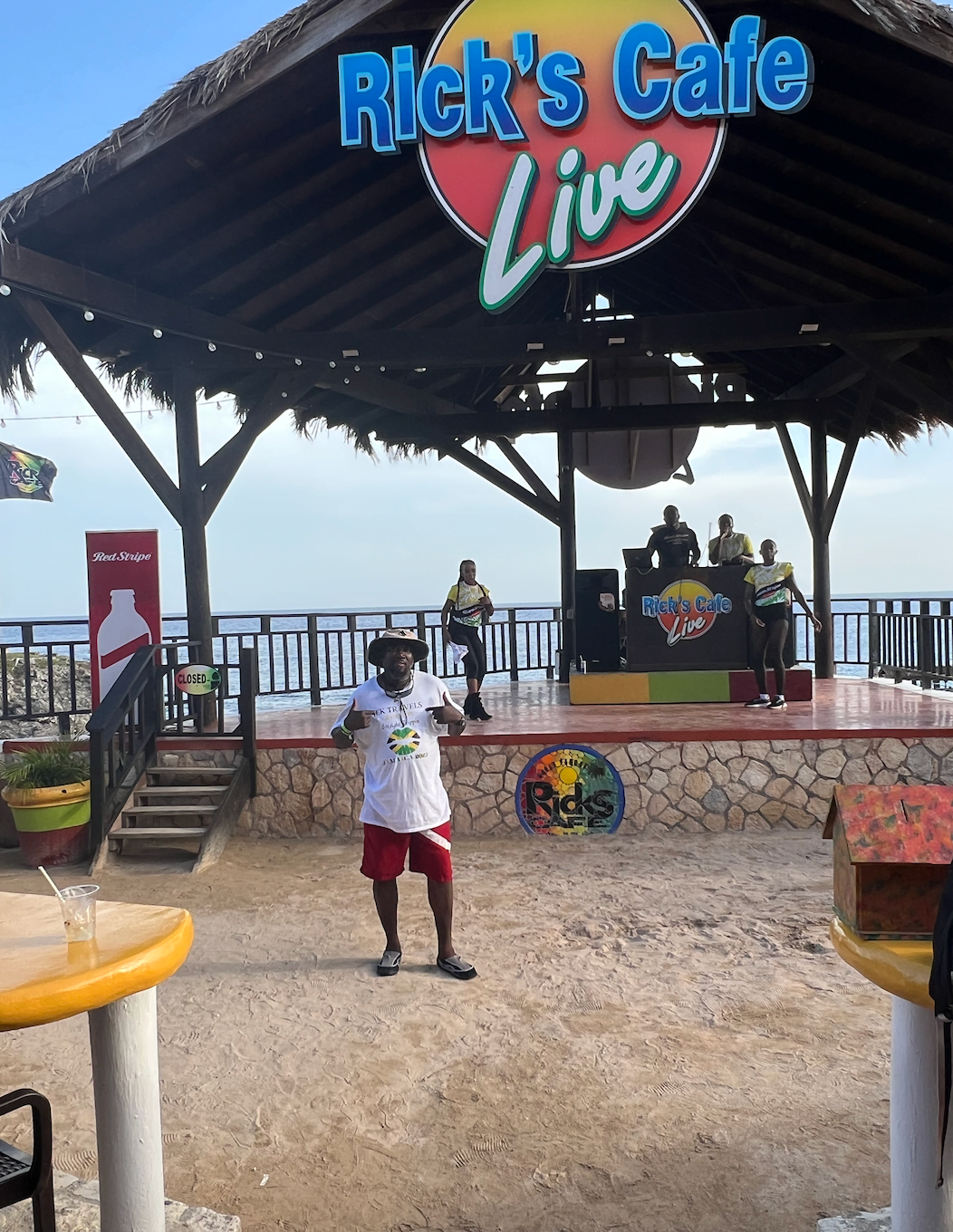Vacation planning can be one of the most exciting parts of a trip, but it can also feel overwhelming. From deciding on a destination to booking flights and accommodations, the planning process involves many moving pieces. If you’ve ever felt stressed out by the process, you’re not alone! Luckily, there are simple tips to make the process smoother, and one of the best ways to take the pressure off your shoulders is to work with a travel agent. Here’s why using a travel agent is a game-changer for planning your next vacation, and how to make the most out of your trip planning process.

1. Start by Setting a Budget
Before you dive into planning the details of your vacation, it’s important to set a realistic budget. Having a clear idea of what you can afford will help narrow down your options and prevent you from getting sidetracked by destinations or experiences that are out of your price range. Consider all aspects of the trip, such as:
- Flights
- Accommodation
- Food and dining
- Transportation (car rentals, taxis, etc.)
- Activities and excursions
- Travel insurance
Once you have a budget, you can easily prioritize your spending and make informed choices that align with your financial goals.
2. Do Some Research on Destinations
Now comes the fun part: deciding where to go! Whether you’re looking for a relaxing beach vacation, a cultural city escape, or an adventurous hiking trip, there are so many options. To choose the best destination for your trip, start by considering the following:
- Seasonality: Is it peak season at your desired destination? If so, be prepared for higher prices and crowds. Alternatively, traveling in the off-season can often mean fewer tourists and lower prices.
- Interests and Activities: Are you more into outdoor activities, exploring history and culture, or simply lounging on the beach? Make sure the destination aligns with your preferences.
- Weather: Check the climate during the time of year you’re planning to visit, as weather conditions can drastically impact your experience.
Pro tip: Start by browsing travel blogs, Instagram accounts, and travel forums to get a sense of where you’d like to go and what to expect. This will help narrow your focus and give you some initial inspiration.
3. Create a Travel Itinerary
Once you’ve selected your destination, it’s time to think about your daily activities. Start by making a rough itinerary, but don’t feel like you have to schedule every moment of your trip. A good itinerary should strike a balance between sightseeing and downtime. Consider the following:
- Must-See Attractions: List the major attractions or landmarks you want to visit. Research opening hours, ticket prices, and any reservations that may be needed.
- Local Experiences: Research local activities or events, such as food tours, cooking classes, or cultural performances. These can add an extra layer of authenticity to your vacation.
- Free Time: Make sure to allow yourself some free time to explore the destination at your own pace, soak in the local atmosphere, or relax.
- Transportation: Consider how you’ll get from place to place. Are there local buses, taxis, or rental cars? You may want to pre-book some transportation if it’s necessary for certain activities.
4. Consider Accommodation Options
Where you stay can significantly impact your overall travel experience. Choose accommodations that fit both your budget and desired level of comfort. Consider the following types of accommodation:
- Hotels: Good for convenience, amenities, and location.
- Airbnbs: Great for unique experiences and the ability to live like a local.
- Resorts: Ideal for all-inclusive stays with organized activities and amenities.
- Hostels: A budget-friendly option, especially for solo travelers or those looking to meet others.
When booking, consider proximity to local attractions, public transportation, and dining options. Also, read reviews from previous travelers to make sure the property matches your expectations.
5. Book Flights Early
Flights are often one of the most expensive parts of your trip, so booking them early can save you money. Consider these tips:
- Use flight comparison sites: Websites like Skyscanner, Google Flights, and Kayak allow you to compare flight prices across different airlines and booking platforms.
- Be flexible with dates: Prices can vary depending on the day of the week, time of year, and even the time of day. If your travel dates are flexible, you can save a significant amount on flights.
- Set up price alerts: If you’re eyeing a specific flight, many booking sites allow you to set up price alerts to notify you when the price drops.
6. Pack Smart and Plan Ahead
Packing can be stressful, but having the right gear and planning ahead can make your trip more enjoyable. Consider creating a packing list well in advance and be sure to include:
- Essentials: Passport, tickets, itinerary, and travel insurance documents.
- Clothing: Think about the climate, activities, and local dress code.
- Medications & Toiletries: Don’t forget any daily medications or specific toiletries you may need, especially if traveling internationally.
- Gadgets: Chargers, portable chargers, headphones, and any other tech you’ll need.
Make sure to check luggage policies with your airline to avoid any surprises at the airport.




